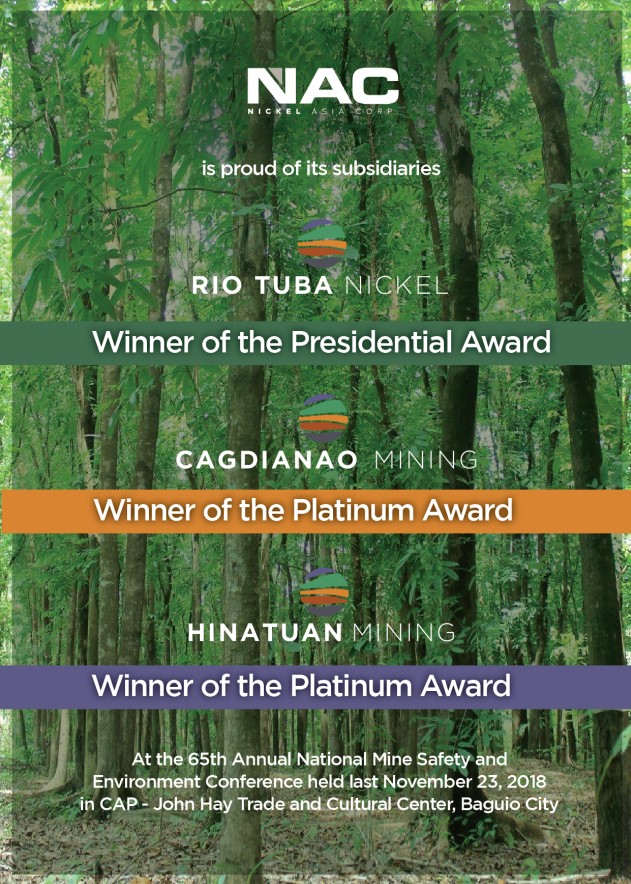Business Proposition
The lucrative lobster farming

By Roberto Garcia
LOBSTER are marine crustaceans, which include shrimps and crabs, that are highly valued in local and foreign markets because of their savory, fine meat. They have been proven to be cultured successfully in Singapore, Thailand, and Australia. In the Philippines, it is being practised in Guimaras and Zamboanga where natural stocks of lobsters are found.
So can lobster culture be done in Pangasinan waters?
Yes, farming lobsters can be tried in the coastal waters of Bolinao and Anda where there are suitable sites which include sandy, rocky, or coralline subtrate, highly saline water with moderate current, and water depth not less than one meter. There are reports that natural stocks of lobsters are found in the area and this could mean two things, that there are sources for juvenile stocks for culture and that lobsters will thrive in the area.
There are three species of lobsters commonly cultured in the country: Panulirus ornatus or the tiger lobster; P. versicolor or the green lobsters; and P. longipes, the red lobster. For culture purposes, young lobsters can be caught in shallow reef flats at night using light and nets.
The young lobsters can be stocked in pens constructed from bamboo frames and covered with nylon nets. They are fed with fish, shellfish, sea urchins, other animal-based feed and even seaweeds, once a day. After about six months, lobster weighing at least one kilogram can be harvested using a scoop net.
When harvesting, handle the animal with utmost care, ensuring that body parts are intact and that it is still alive when it reaches the market. In this condition, the lobster will get a premium price whether in local or foreign markets.
Farming lobsters is ideal for livelihood in coastal communities where fisherfolk can set up a simple culture system with minimum stocks and where family members can provide the labor.
Perhaps non-governmental organizations and local governments can provide financial assistance and the necessary skills to prospective farmers for the project to be successful.
Promoting mariculture as an alternative livelihood in fishing villages is one way of helping the poor fisherfolk and at the same time easing the fishing pressure on our almost depleted fishery resources.






